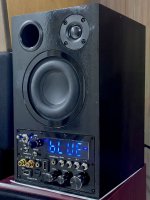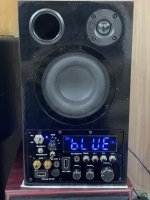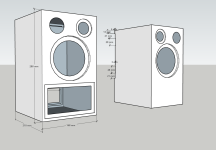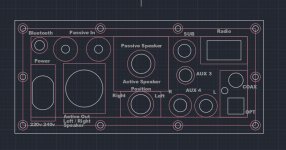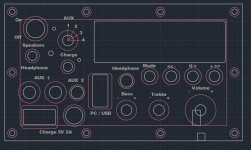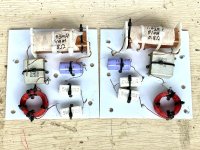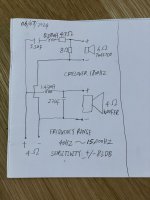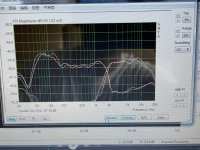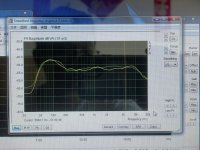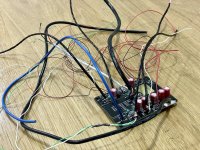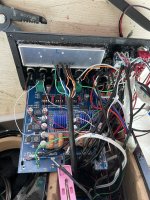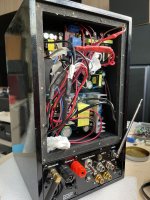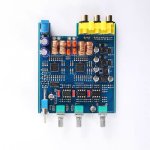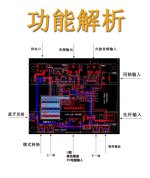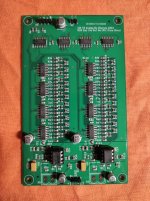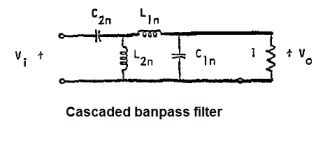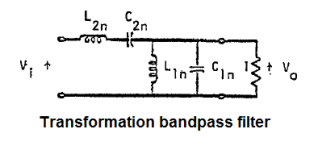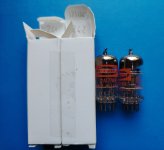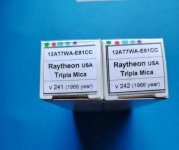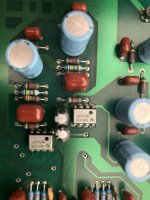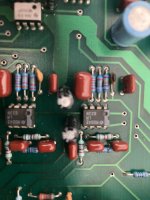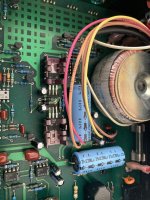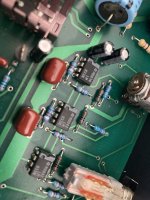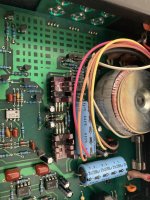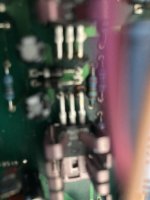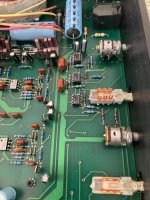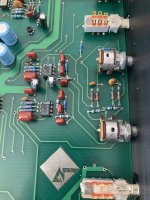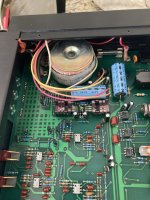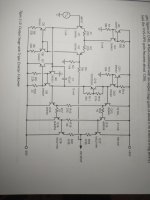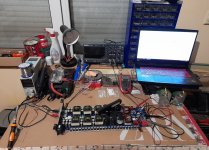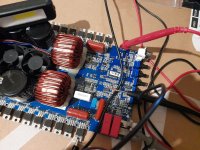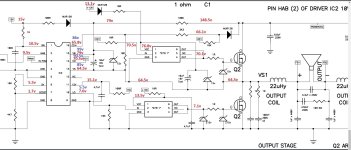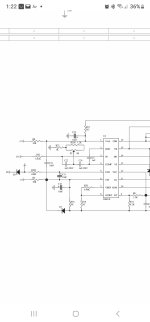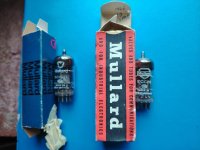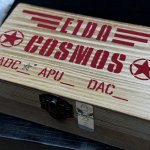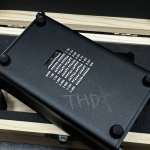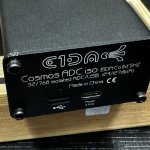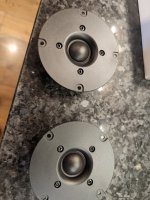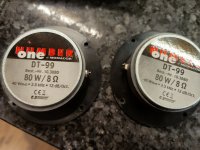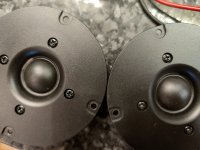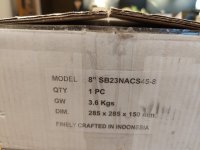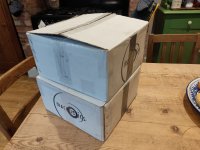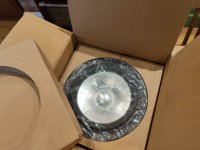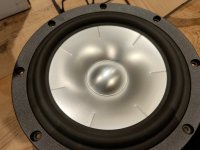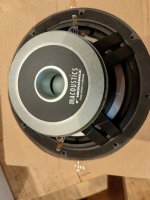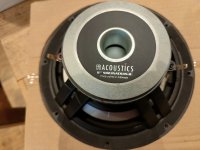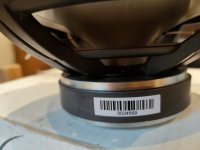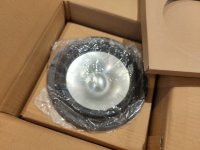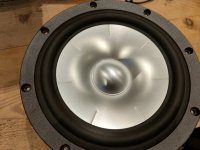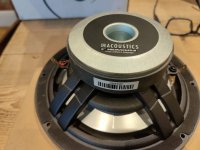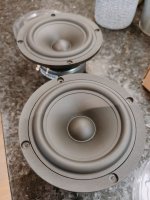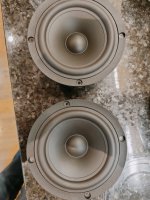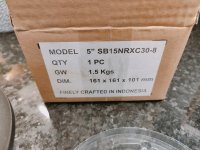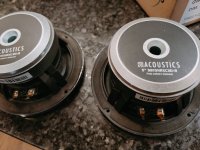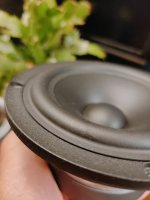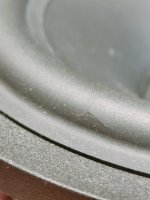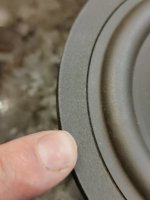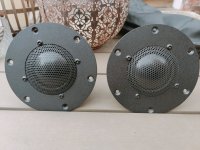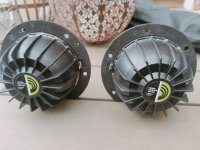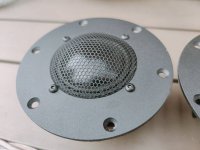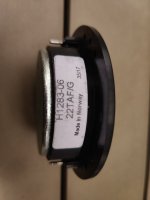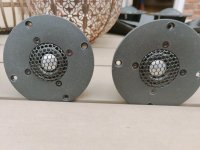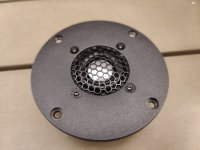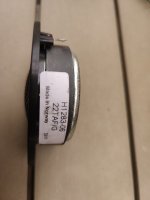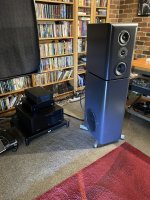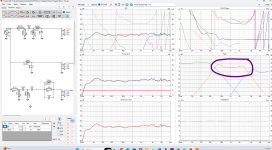The unit is a Sony TA1150 integrated that I've had since 2018. It was unwell when I bought it but it did power up and it did pass signal. I did not use it per se, just hooked up for the odd listen over a couple of years then there came a time when it stopped amplifying.
I learned some transistors failed, outputs and drivers so i replaced them with those which were recommended. I also replace the electrolyltic capacitors associated with the power supply. At that point the amplifier was working well enough to leave connected in a small "hobby room" system.
Not long ago, the pilot lamp did not light up. I did the disassembly necessary to repair that and thought it was a good time to replace all the electrolytic capacitors and that task spanned several days. When all the new electrolytic capacitors were in place, I used a 40 watt DBT to check for shorts and there were none. It went dark almost immediatly after turning on the power switch.
Since a number of components were new, I decided to check and if necessary, re-set the bias. Since the DBT went dark right away and my understanding was not to use a DBT when setting bias, the amplifier was plugged dirctly in to wall power.
As per the service manual, the target is 25mv and the left channel bias was pretty close. The right channel was nearly 60mv so I attempted to adjust that channel's bias pot.
As I rotated the pot, both 1.6A fuses blew and I noticed the telltale odor of an overheated component. Even now, I fail to see anything that shows heat damage.
My next step was replaing the fuses and turning the amp on using a DBT which went bright and stayed bright so there was now a short.
I pulled all eight output transitors, which are now four MSJ15032G and four MSJ15033G. One 15032 and one 15033 in the right channel were damaged. At that point I ordered new 1K ohm bias pots. When they arrived, I installed them and I replaced the two bad output transistors.
Again with a DBT, I turned on the power. DBT went bright, stayed bright and both fuses blew again. As a shot in the dark, I replaced all eight of the output transistors one more time on the off chance that some others were injured and would fail under load. There was no change, DBT wet bright, stayed bright and both fuses blew.
My last attempt to trouble shoot the short was to remove all eight output transistors and see what the DBT did in conjunction with a variac but that too changed nothing. DBT got bright with the variac around 50 volts. I went no further so fuses are still intact.
I am unsure at this time what to do next. My hope is that some knowedgable person here can point me towards the cause of this shorting problem. I don't particulary want to junk this amplifier, I bought it for a reason. A Sony TA1150 was the very first brand new amplifier I ever bought. That was in 1973 and I was 20 years old.
Doing the math, that makes me 71 and my intention was to make this TA1150 my final amplifier. A kind of ironic twist that only I would appreciate.


